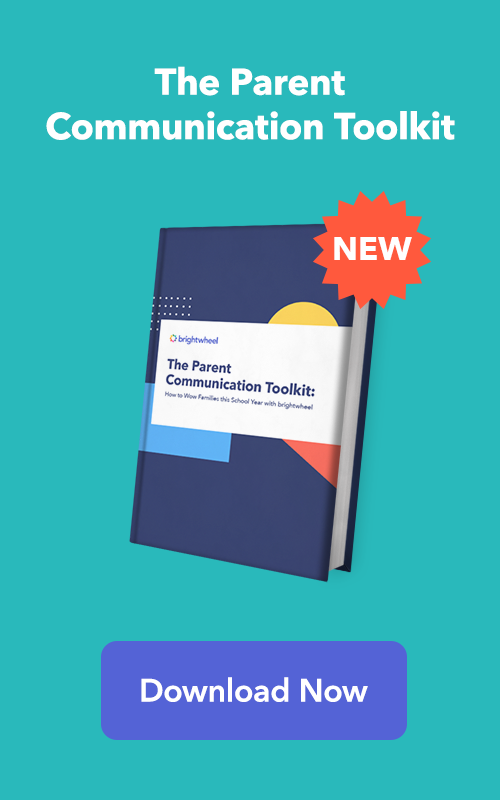You did the research, toured the facilities, filled out the applications, and finally secured a preschool spot. Phew! Now what? The transition from daycare to preschool is an exciting milestone for your family. And with some careful preparation doesn’t have to involve any tears.
Lay the foundation
Prepare your child mentally. Talk it up. Read books about school, talk to siblings or friends that go to school. Get the wheels turning. But be careful not to overhype the event, which could cause anxiety in some children. Depending on your kid, it might be best to present the idea in a matter-of-fact way: It’s no big deal, everyone goes to school.
Build skills
Practice the many life skills that your toddler tackles every day. Taking off her coat, hanging it on a hook, pulling up her pants, opening her lunchbox–these are just a few of the challenges she’ll be faced with at preschool. Your child may not have the fine motor skills yet to manage all of these tasks, but the more practice the better. Obviously the teacher is there to help, but the more independence she has the more confidence she’ll build.
Complete daily chores. Give your preschooler household jobs she can complete to help her develop a sense of responsibility. Sorting laundry, making the bed, setting the table, feeding the dog–these are all tasks that will prepare your young one for the work she’ll be asked to do as a member of a classroom community.
Do the prep work
Visit the school and meet the teacher–more than once, if possible. Hang out and observe the classroom, but also hang back and let your child get her toes wet in some classroom activities or routines. Take a picture of your child and the teacher, as well as snapshots of the classroom and playground. Hang these photos in her room so she has daily visual reminders of her upcoming new adventure.
At the open house or orientation day, introduce yourself to other families and arrange for a playdate before the first day of school. Better yet, ask the teacher for an email list of classmates and arrange a class picnic before the first day of school. First day jitters will be eased by familiar faces of new friends.
Develop a relationship with the teacher. Provide her with as much information as possible about your child: from how she handles stress to what time she usually uses the bathroom. The more the teacher knows the better! Establish a communication plan so that you can be in the loop about your child’s progress, challenges, and relationships. Ask your school to consider using an app like brightwheel to maintain communication throughout the school day. Brightwheel is an easy-to-use mobile app that helps schools stay better connected with families.Teachers use brightwheel for recording and tracking daily events and activities in the classroom. As a parent, you’ll get private, real-time updates on your child delivered to your mobile device throughout the day. Talk about peace of mind!
Enlist your child in picking out a backpack and lunchbox. (Make sure she can do the zippers herself!) Practice wearing the backpack and carrying the lunchbox at the same time–no small feat for such a tiny human.
Practice for the first day. Establish a “school night” routine involving picking out clothes and deciding on breakfast and lunch choices–anything to streamline the morning. Make clothing choices wisely. Can she easily pull up those tights by herself, or should she wear something looser and easier to manage?
The big day
Talk about the drop-off process ahead of time and make a plan with the teacher and your child. No surprises! Ideally, stick around for a bit, but then be strong and confident in your farewell. Make it short and sweet so your little one sees that you are confident she’ll be well-taken care of.
You can collapse in a puddle of tears when you get back to the car, but keep a stiff upper lip when saying your goodbye. If you seem anxious, your child could pick up on your feelings and mirror your anxiety.
If she’s having a tough time with your departure, resist the temptation to distract her and sneak off–this creates mistrust.
An even greater temptation might be to go back into the classroom for one last hug after you’ve said goodbye, especially if she was sad or crying when you left. Don’t do it! This sets up a dangerous precedent. Most kids’ tears dry up a few minutes after drop-off and are a distant memory by pickup time.
Once you’ve said your goodbyes, trust that you’ve done all you can to help make this a successful transition. When you pick her up in the afternoon, she will officially be a “preschooler,” and chances are high she’ll be extremely proud of herself–but not as proud as you will be!

